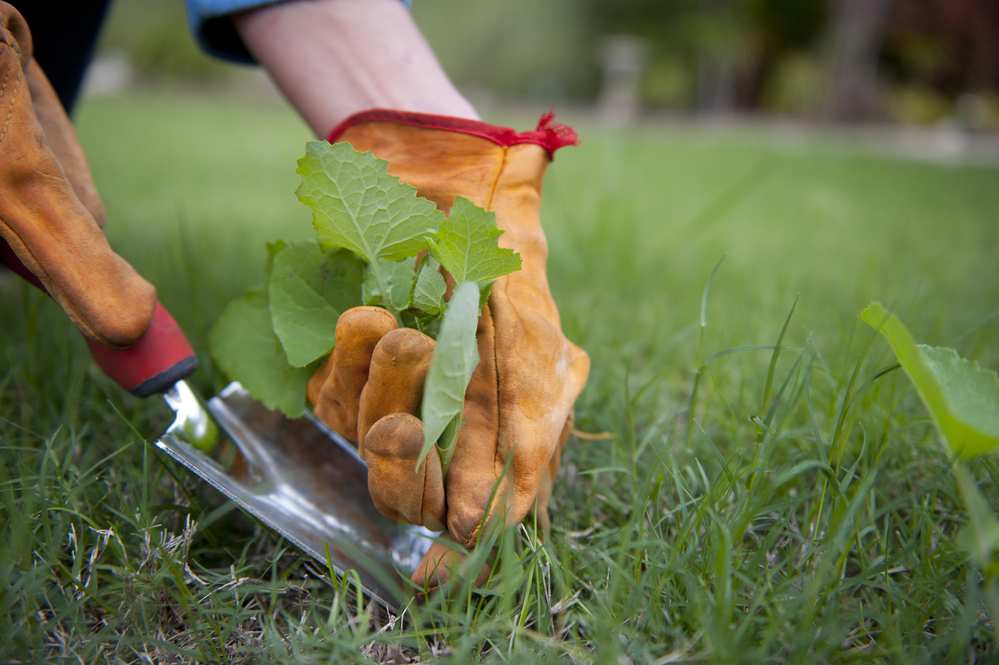Here in the Northwest, there are a variety of plants we call favorites. They add color to our yards and gardens and are generally easy to care for. Sedum, Scotch heather, hydrangea, ornamental grasses and lavender are often at the top of the list for the color they provide and the ease of care they require.
As fall quickly approaches, if you’re like most Pacific Northwest gardeners, you’ve got Levy’s Lawns and Landscape or other landscape company out in the yard, pruning, lopping and cutting back the abundant remains of your garden. Or, maybe you’re the one doing the pruning, trimming back plants that have finished their blooming cycle or have already started to go into dormancy. You’ve probably been deadheading the flowers in your yard, and are ready to tackle larger projects, like trees and shrubs.
We’d like to offer you a basic overview of how to prune your favorite plants so they renew themselves year after year:
- Do you have low growing heathers in your yard, like Scotch heathers? Although they are easy maintenance plants, they still require cutting back in the fall. With your pruning shear, carefully prune right below the blossoms where there’s still green. It might seem like a drastic trim, but these hardy plants will grow back in no time.
- Shape your lavender into “ice cream cones”. Established plants can be pruned heavily, to at least 1/3 of the growth. Go even heavier on older plants, but don’t go into leafless wood. Remove all the spent blossoms. Pop the stems and any remaining flowers in a vase in the house for a burst of fragrant scent.
- Snip the flower heads off the stems of your hydrangeas, just above the swollen buds at the base of the flowers. Remove the oldest, woodiest branches—they’re the ones least likely to flower next year. Get rid of spindly branches, too.
- A lot of North westerners have raspberry plants. Hopefully, you’ve eaten your fill of the tasty gems, and frozen some for the winter months. Wait a couple months to prune the completely dormant plants to ensure a great yield next season. Follow this simple rule: remove any canes that gave you fruit. The stems that yielded fruit will still be clinging to the canes, making it easy to tell which ones to cut back.
- “Autumn Joy” Sedum is a popular plant in Pacific Northwest gardens. The cheerful blossoms provide a welcome burst of color when summer’s flowers are fading. If you can, wait until January, when the birds have eaten their fill of the sedum seeds which have fallen to the ground. Then, use your pruning shears to trim the stems down to about 3” from the ground. Or, use longer bladed hedging shears to make short work of your task.
- Ornamental grasses are popular in our Northwest gardens, too. These fast growing, hardy plants can loom 6’ or more in your yard. But, before you start whacking away at your grasses, first you need to determine whether it’s a cool season or a warm season grass. Cool season ornamental grasses include fescue, ribbon grass (Phalaris), feather grass (Stipa), northern sea oats and tufted hair grass. Japanese blood grass, maiden grass (Miscanthus), fountain grass (Pennisetum) and hardy pampas grass (Saccharum) are all warm season grasses.Cool season grasses start producing new growth early in the spring, after temperatures begin to stay above freezing. They also start flowering by early summer, making them good additions in the short growing season of a northern garden.Warm season grasses start their growth much later in the spring. They begin flowering later in the summer and into the fall.Once you’ve determined the type of grass you’re dealing with, then you can plan your pruning. In general, wait until late winter or very early spring to trim back your cool season grasses. Cut them back so about a third of last year’s growth remains. Be careful not to cut them back too far, or you can seriously damage the plant.Warm season grasses can be left untended until the spring, but not so long that new foliage starts to sprout. They can be cut to the ground, if desired. If you do see new growth, however, make sure to trim carefully, leaving the tender green shoots in place.
We’ve got a list of plants you DON’T want to prune, too. You can read it here.
Need help with larger projects, like pruning trees and shrubs? Give us a call at (360) 265-5231
